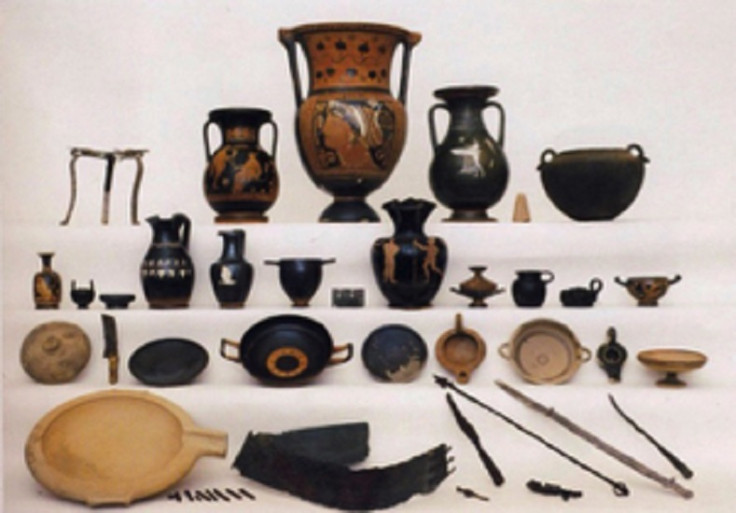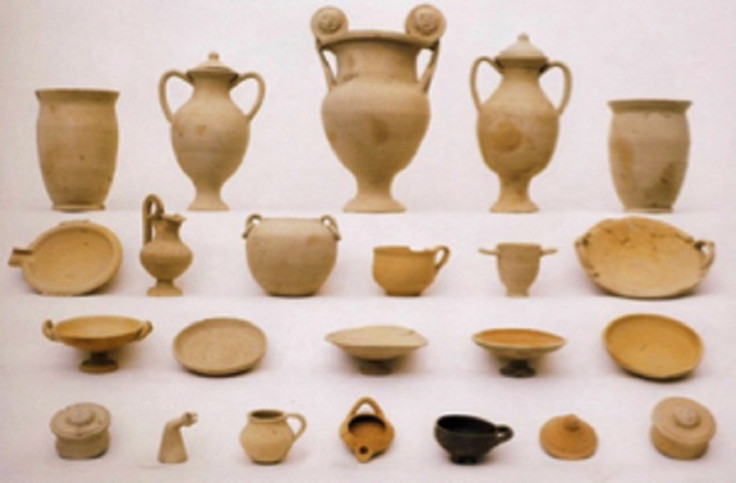Ancient burial practices shed light on mystery pre-Roman culture that left no written history

The ancient burial practices of a pre-Roman culture that left no written history is shedding light on the social and cultural shifts that took place within these communities between 525BC and 200BC. Analysis of graves from the Central Apulian area from this period shows there were three distinct changes that reflect the emergence of new social groups, a researcher from the University of Cincinnati has said.
Bice Peruzzi was looking at the bereavement practices of communities in this part of southern Italy – where many Greek people had migrated to in the 8th and 7th centuries BC. Her findings were presented at the 2016 Archaeological Institute of America/Society for Classical Studies Annual Meeting in San Francisco.
In the earliest period, between 525 and 350 BC, Peruzzi found valuable Greek vases and artefacts. Detailed imagery on the vases showed there was a major focus on women partaking in everyday activities, like processions, courting and wine offerings – opening up questions about the role of women in these communities. They often contained wine cups and feasting sets, while male tombs often saw metal weaponry placed across the skeletal remains.

Peruzzi says the objects were likely chosen intentionally to signify the role of the deceased in the community. Great care was also taken over the positioning of the artefacts, possibly indicating the graves were a "stage for dancing and a burial performance" – and not just the final resting place of the deceased.
Moving into the period between 350BC and 300BC, burial ceremonies continued to focus on banqueting, women and war, but there was a vast increase in the number of tombs from this time, suggesting newer social groups were taking part in these sorts of funeral parties. Wealthy individuals also sought to differentiate themselves from the masses by including large Apulian red figure vases adorned with repetitive designs and generic iconography of Greek tragedies.
"Scholars attribute this shift in taste to Greek influence, in particular the fascination with the military victories of Alexander the Great," she said. "The new growth of specific burial sites to the detriment of others in addition to newly constructed walls surrounding the communities also indicates a general movement toward urbanisation in Period 2."

Finally, from 300BC to 200 BC there was a move away from individual tombs towards larger chamber tombs, where whole families would be buried. Funerary architecture became more important than the artefacts in the tombs, with undecorated ceramics becoming the norm. Peruzzi said these would have been more of a nod to earlier funeral banquets, with the parties themselves being abandoned.
This shift coincided with larger communities and the development of more sophisticated governments. "By looking at artefacts in their archaeological and social context, I was able to illustrate changes never before recognized," she said. "From the emergence of new social groups at the end of the 6th century BC to the gradual urbanisation and separation of 'ethnic' groups during the 3rd century BC, the evolution of funerary practices can be successfully used to highlight major transformations in the social organization of Central Apulia communities."
© Copyright IBTimes 2025. All rights reserved.






















